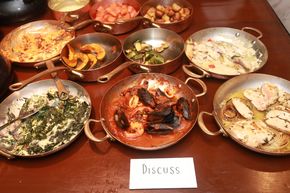by Nithi Subhongsang
Improving accessibility is essential if we are to ensure that everybody can enjoy the rich experiences that travel offers, regardless of their physical abilities. Community-based tourism projects play a crucial role in achieving this goal. Examples from Thailand show steps to pave the way towards accessibility.
Community-based tourism projects are often at the forefront of creating unique and authentic experiences that reflect the local culture and way of life. By becoming more accessible, community-based projects can provide an inclusive environment where everyone can participate fully in such rewarding tourism experiences.
Current Barriers in Community-Based Tourism
However, many small community-based tourism projects face significant challenges when it comes to accessibility. Among them is the belief that making tourism accessible requires substantial financial investments. However, this is often not the case.
Simple, cost-effective measures can vastly improve accessibility: installing ramps, providing clear signage, adding braille to signs, providing mobility aids and ensuring basic training for staff. Communities can start with such small steps to make their projects more easily accessible to all visitors.
Beyond such first small steps, another major problem is that well-intentioned community leaders often lack the detailed knowledge and understanding of all the points that full accessibility needs to cover. This can mean that good work is wasted because there has been a failure to address one particular accessibility requirement somewhere along the line. For example, a community on an island off the coast of Phuket in Thailand had planned a sightseeing trip around the island for wheelchair users. It was all fine except for a planned period of relaxation on a small beach which proved to be inaccessible either by land or by boat. The community had not properly assessed the pathway down to the beach. The organizers then found that they had no means of getting clients on to or off the beach from a boat.
One very effective solution for teaching local people to recognize local problems and see the solutions to them is the creation of workshop templates covering different aspects of sustainability. They should be constructed in such a way as to be easily adaptable for use in different communities, with different problems and in different parts of the country. In this way, we can raise community awareness of all the issues through workshops and introduce community members to the standard models that been developed worldwide.
Improved Accessibility in Thailand
A lot of valuable experiences with improved accessibility have been gained in Thailand, a country known for its diverse culture, natural beauty and warm hospitality. In 2023, Nutty’s Adventures in collaboration with the United Nations Development Programme (UNDP) and different research institutes, set up a prototype “Community-based Tourism For All” project in the historic city of Sukhothai. It included installing a ramp for wheelchair access at the Amulet Study Centre. The project also involved the production of detailed wooden carvings of Sukhothai monuments so that blind and partially sighted visitors can appreciate the different styles of Sukhothai architecture. With the work carried out at the Study Centre, all visitors can now study the evolving styles of Buddha amulets and religious architecture during the Sukhothai period. As it was important to maintain the traditional architectural style of the building, it meant that any additions to the building had to be in the original style and all of its important features had to be preserved.
There are usually fewer problems when constructing a new building rather than adapting an existing one. With a new building one has only to worry about ensuring its accessibility, not maintaining its architectural integrity. In the small city of U-Thong, north-west of Bangkok, accessible toilet facilities were constructed. In addition, workshops were conducted to show the community leaders how to get details of their accessible facilities and activities to show up on Google Maps. They also learned how to make attractive videos to promote their accessibility activities.
In 2024 the “Thai Cooking Experience” programme in the Ko Kerd community, near Ayutthaya, was adapted to make it accessible to both the blind and partially sighted and to wheelchair users.
Benefits of Improved Accessibility
Improving accessibility benefits not only travellers with disabilities but also the host communities. It can strengthen communities by promoting inclusivity, equity, and social cohesion. Better accessibility brings not just increased tourism revenues, but also an enhanced community reputation, greater empowerment for all members and a greater awareness of the need for acceptances and inclusivity in society.
Making even small changes in community-based tourism projects can create a more inclusive environment. By taking these initial steps, communities can make a big difference and contribute to a more accessible world for all.
Nithi Subhongsang, also known as Nutty, is a tour operator and passionate advocate for community-based and accessible tourism in Thailand. With over 25 years of experience in the tourism industry, many years have been spent making Thailand more accessible to all.
His company Nutty’s Adventures will be at ITB 2025 in Berlin at table no. 10 at the Thailand stand in hall 26B. Meetings can be booked at info@nutty-adventures.com.


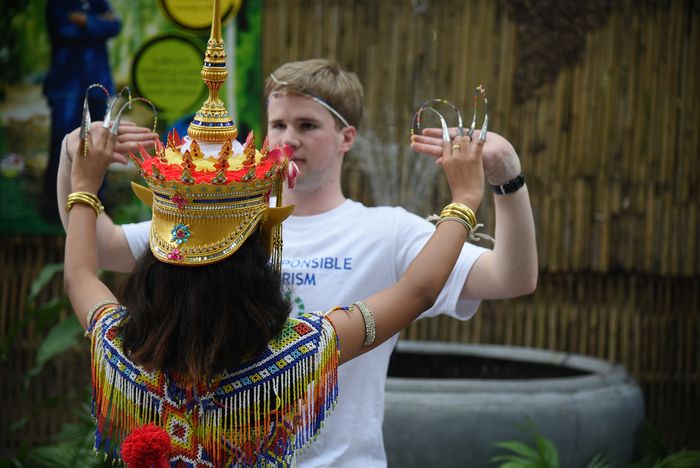
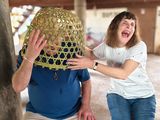
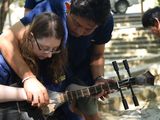
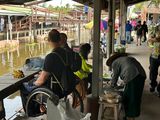
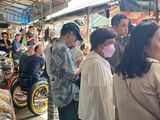
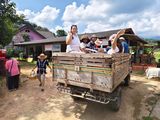
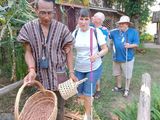
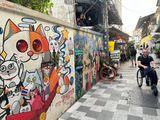
![[Translate to english:] Zwei Menschen unterwegs mit SUPs](/fileadmin/tourismwatch/_processed_/f/d/csm_4._SUP_740b8e4dd7.jpg)
